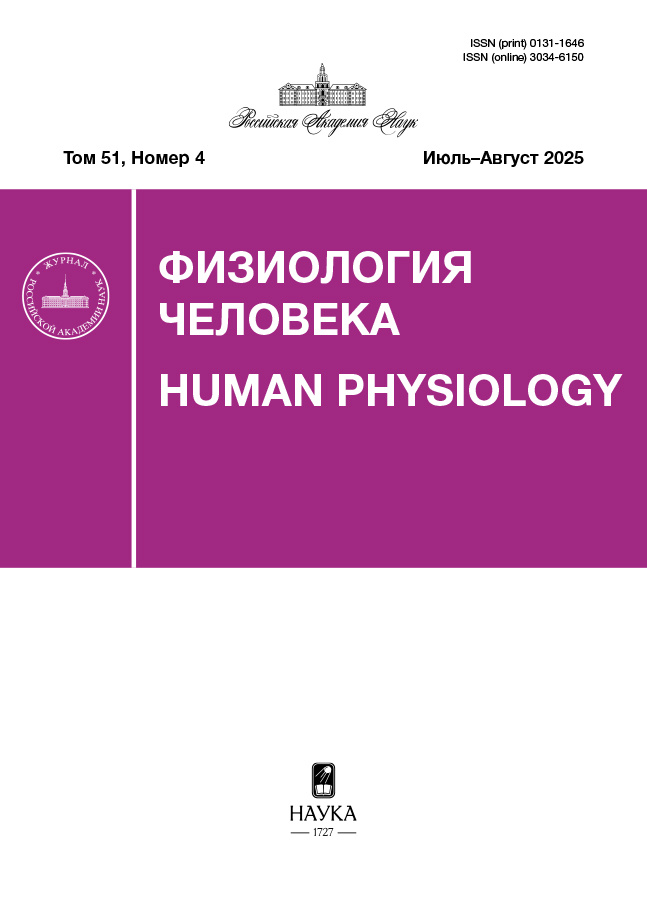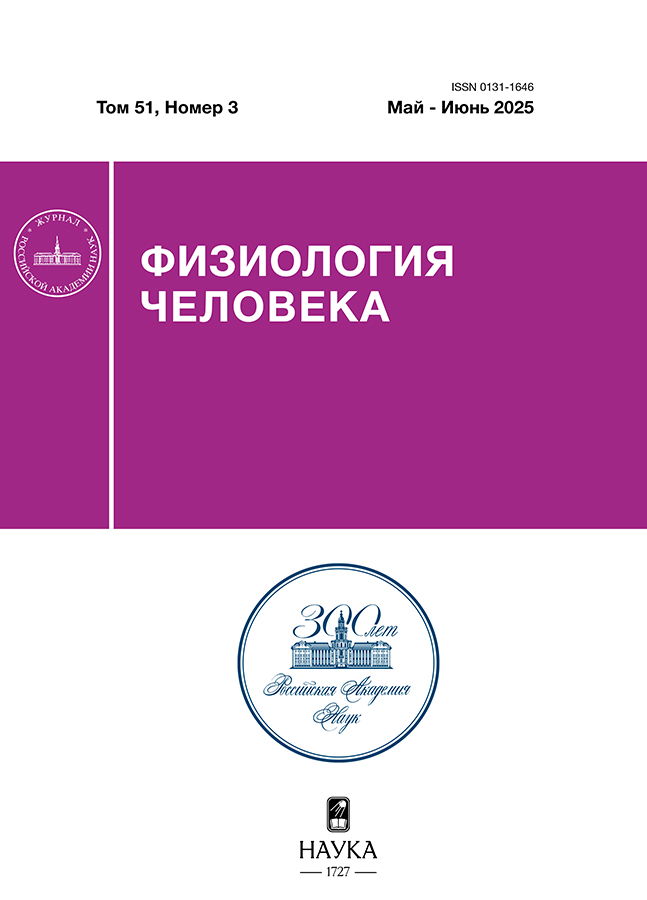Maintaining upright posture during visual control of the common center of pressure in different standing conditions
- Authors: Kazennikov O.V.1, Shlykov V.Y.1, Levik Y.S.1
-
Affiliations:
- Institute for Information Transmission Problems RAS
- Issue: Vol 51, No 3 (2025)
- Pages: 46-54
- Section: Articles
- URL: https://rjmseer.com/0131-1646/article/view/684024
- DOI: https://doi.org/10.31857/S0131164625030055
- EDN: https://elibrary.ru/TQSGEE
- ID: 684024
Cite item
Abstract
Motion of the common center of pressure (CCP) and center of pressure (CP) of each leg was studied in subject standing by each leg on separate force platform. Subject maintained the vertical posture during ordinary standing and during standing with visual feedback from the CCP position presented on the monitor. In both conditions the body weight was either symmetrically distributed between legs or partially transferred to right or to left leg. During standing with symmetrical loading of both legs the visual feedback led to the decrease the standard deviation of CCP and CP of each leg. After the transfer of the body weight on one leg standard deviation of the CCP and CP of each leg was not changed when the visual feedback was present. It is likely that the afferentation from loaded leg was sufficient for define the equilibrium body position. The velocity of motion of CCP increased with presence of the visual feedback during standing with all variants of weight distribution. The velocity of motion of CP of left leg increased with visual feedback during standing with symmetrical load and with load of the right leg. The velocity of motion of CP of right leg increased with visual feedback during standing load of the left leg. One could suggest that the tracking of the CCP position was mainly occurred by the leg that less involved into postural control. During standing with symmetrical weight distribution the afferentation from dominant leg more significant for the elaboration of referent body position for maintaining of vertical posture and the tracking CCP position influenced greater on the motion of the CP of the nondominant left leg. During standing with asymmetrical weight distribution the loaded leg is more involved into postural control and the tracking CCP position occurred by unloaded leg. It is suggested that the elaboration of referent body position for maintaining of vertical posture require the stationary position for leg that was mainly involved into postural control.
Keywords
Full Text
About the authors
O. V. Kazennikov
Institute for Information Transmission Problems RAS
Author for correspondence.
Email: kazen@iitp.ru
Russian Federation, Moscow
V. Y. Shlykov
Institute for Information Transmission Problems RAS
Email: kazen@iitp.ru
Russian Federation, Moscow
Yu. S. Levik
Institute for Information Transmission Problems RAS
Email: kazen@iitp.ru
Russian Federation, Moscow
References
- Gurfinkel V.S., Ivanenko Yu.P., Levik Yu.S., Babako-va I.A. Kinesthetic reference for human orthograde posture // Neuroscience. 1995. V. 68. № 1. P. 229.
- Yamagata M., Gruben K., Falaki A. et al. Biomechanics of vertical posture and control with referent joint configurations // J. Mot. Behav. 2021. V. 53. № 1. P. 72.
- Nardon M., Pascucci F., Cesari P. et al. Synergies stabilizing vertical posture in spaces of control variables // Neuroscience. 2022. V. 500. P. 79.
- Peterka R.J. Sensorimotor integration in human postural control // J. Neurophysiol. 2002. V. 88. № 3. P. 1097.
- Kazennikov O.V., Kireeva T.B., Shlykov V.Y. Characteristics of the maintenance of the vertical posture during standing with an asymmetrical load on the legs // Human Physiology. 2013. V. 39. № 4. P. 392.
- Wang Z., Newell K.M. Footedness exploited as a function of postural task asymmetry // Laterality. 2013. V. 18. № 3. P. 303.
- Vieira O., Coelho D.B., Teixeira L.A. Asymmetric balance control between legs for quiet but not for perturbed stance // Exp. Brain Res. 2014. V. 232. № 10. P. 3269.
- Talis V.L., Kazennikov O.V. Effects of body turn on postural sway during symmetrical and asymmetrical standing // Exp. Brain Res. 2019. V. 237. № 9. P. 2231.
- Yoshida T., Ikemiyagi F., Ikemiyagi Y. et al. The dominant foot affects the postural control mechanism: Examination by body tracking test // Acta Otolaryngol. 2014. V. 134. № 11. P. 1146.
- Kazennikov O.V., Kireeva T.B., Shlykov V.Y. Influence of achilles tendon vibration on the vertical posture during standing with asymmetrical leg loading // Human Physiology. 2014. V. 40. № 1. P. 70.
- Kazennikov O.V., Kireeva T.B., Shlykov V.Y. Influence of the structure of the support surface under the sole on vertical posture during standing with different body weight distributions between legs // Human Physiology. 2016. V. 42. № 4. P. 401.
- Kazennikov O.V., Kireeva T.B., Shlykov V.Y. Influence of the movable support under one leg on human vertical posture during standing with asymmetric load on legs // Human Physiology. 2014. V. 40. № 3. P. 284.
- Kazennikov O.V., Kireeva T.B., Shlykov V.Y. Maintenance of human vertical posture upon asymmetric leg loading and fixation of the knee joint of one leg // Human Physiology. 2018. V. 44. № 1. P. 41.
- Elias L.J., Bryden M.P., Bulman-Fleming M.B. Footedness is a better predictor than is handedness of emotional lateralization // Neuropsychologia. 1998. V. 36. № 1. P. 37.
- Zatsiorsky V.M., Duarte M. Instant equilibrium point and its migration in standing tasks: Rambling and trembling components of the stabilogram // Motor Control. 1999. V. 3. № 1. P. 28.
- Zatsiorsky V.M., Duarte M. Rambling and trembling in quiet standing // Motor Control. 2000. V. 4. № 2. P. 185.
- Riley M.A., Wong S., Mitra S., Turvey M.T. Common effects of touch and vision on postural parameters // Exp. Brain Res. 1997. V. 117. № 1. P. 165.
- Danna-Dos-Santos A., Degani A.M., Zatsiorsky V.M., Latash M.L. Is voluntary control of natural postural sway possible? // J. Mot. Behav. 2008. V. 40. № 3. P. 179.
- Barra J., Oujamaa L., Chauvineau V. et al. Asymmetric standing posture after stroke is related to a biased egocentric coordinate system // Neurology. 2009. V. 72. № 18. P. 1582.
- Jeka J.J., Schoner G., Dijkstra T. et al. Coupling of fingertip somatosensory information to head and body sway // Exp. Brain Res. 1997. V. 113. № 3. P. 475.
- Kazennikov O.V., Shlykov V.Yu., Levik Yu.S. Characteristics of the maintenance of the upright posture in subjects touching an external object while standing on a moving or immobile platform // Human Physiology. 2005. V. 31. № 1. P. 49.
Supplementary files














